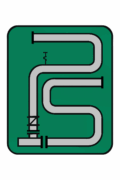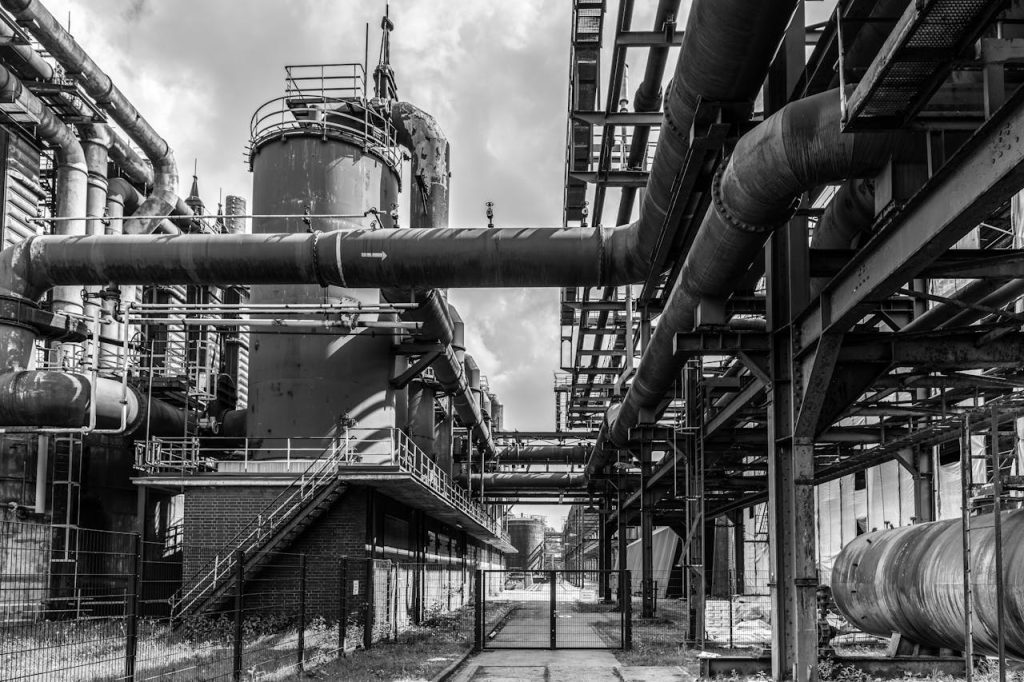In industrial piping projects, there’s rarely just one “correct” design. That’s why at PipingStudio, we prioritize flexibility — tailoring our approach to each client’s standards, needs, and stage of project development.
Large companies often operate with well-established internal guidelines, developed over years of project work — from layout philosophies to documentation procedures. In such cases, we seamlessly align with the client’s standards to maximize efficiency.
For smaller clients without predefined workflows, we offer project delivery based on our own proven methods and years of practical experience.
Regardless of the client’s size or maturity, there is always room for smart optimization — especially when it comes to reducing design time, avoiding delays, and improving coordination between disciplines.
Key Areas for Design Optimization
🔹 Project Requirements
– clear scope, client expectations, design standards, and timeline
🔹 Interdisciplinary Coordination
– P&IDs, equipment datasheets, civil/structural models, basic documentation
🔹 3D Model Development
– route optimization (sometimes requiring changes to P&IDs)
– number and placement of pipe supports (impacting secondary steel usage)
– adjusting level of detail to the current project phase
– software proficiency, use of modern tools and AI
– proactive communication and problem-solving across teams
🔹 Documentation Preparation
– clarity and quality adapted to fabrication and construction needs, without overengineering
At PipingStudio, we believe a good design is not only technically correct — it’s also practical to build, time-efficient to deliver, and integrated with the wider project context.
That’s the value we aim to bring to every collaboration.

